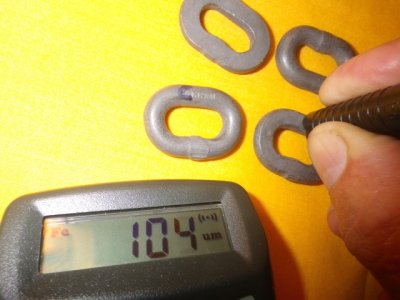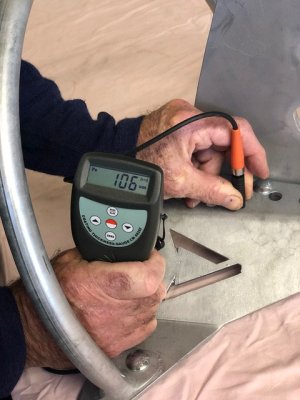stranded
Well-Known Member
Won’t be needing that, but thank you.Once you've sawn through the chain, if you did it on deck then I highly recommend Bilt Hamber Korrosol to clean all the rust spots off you boat caused by the metal dust.
Korrosol - Bilt Hamber


